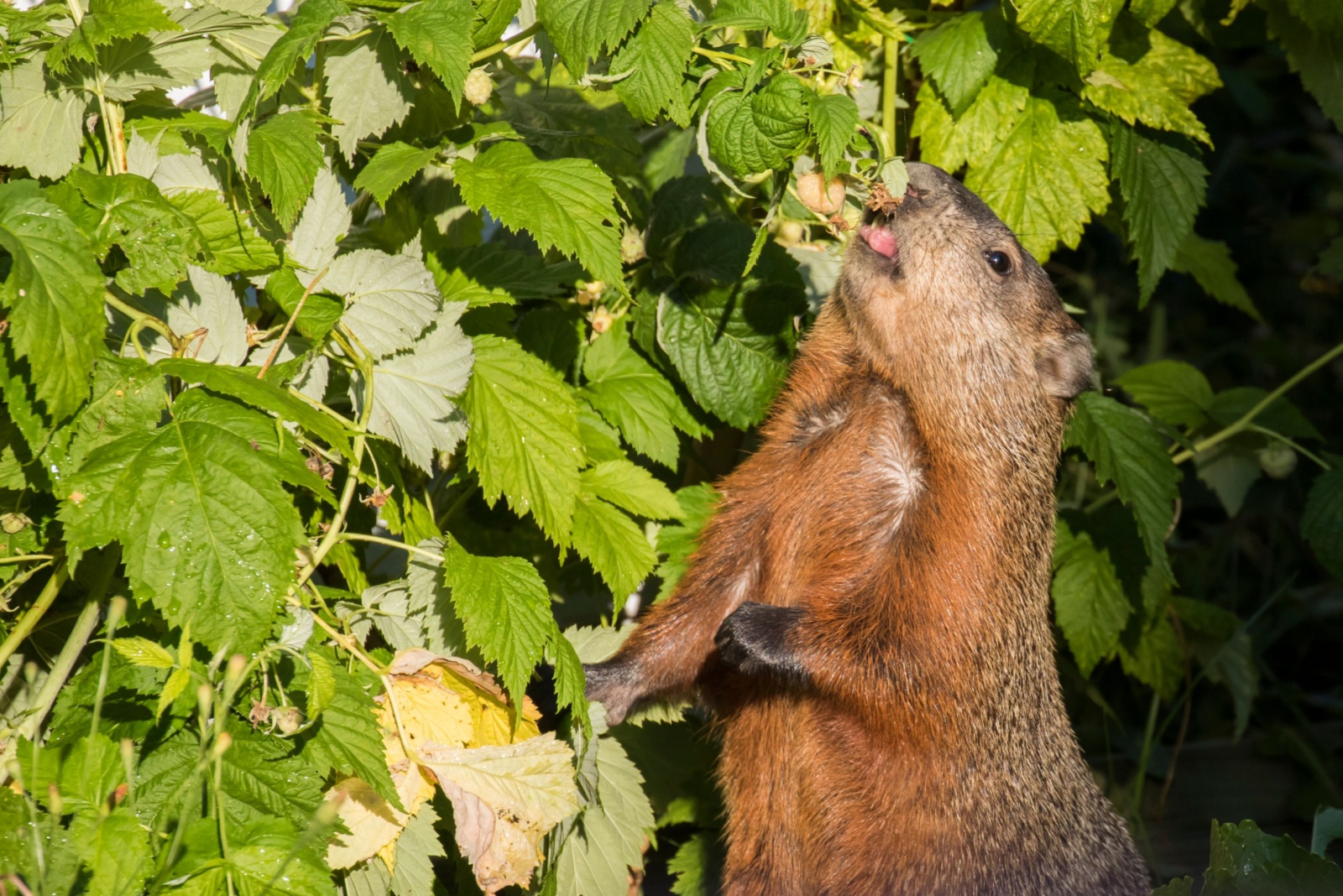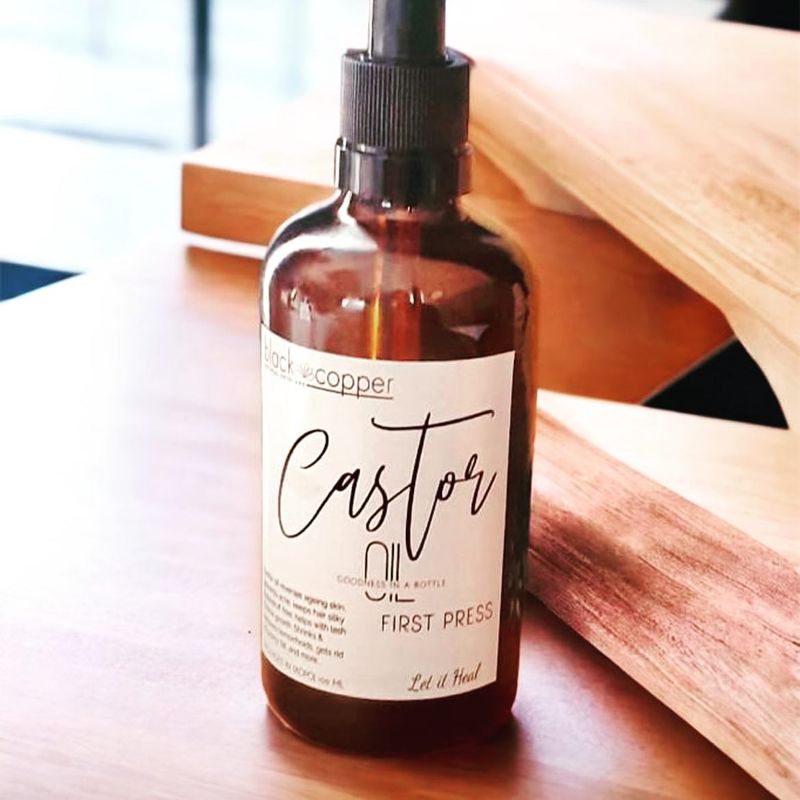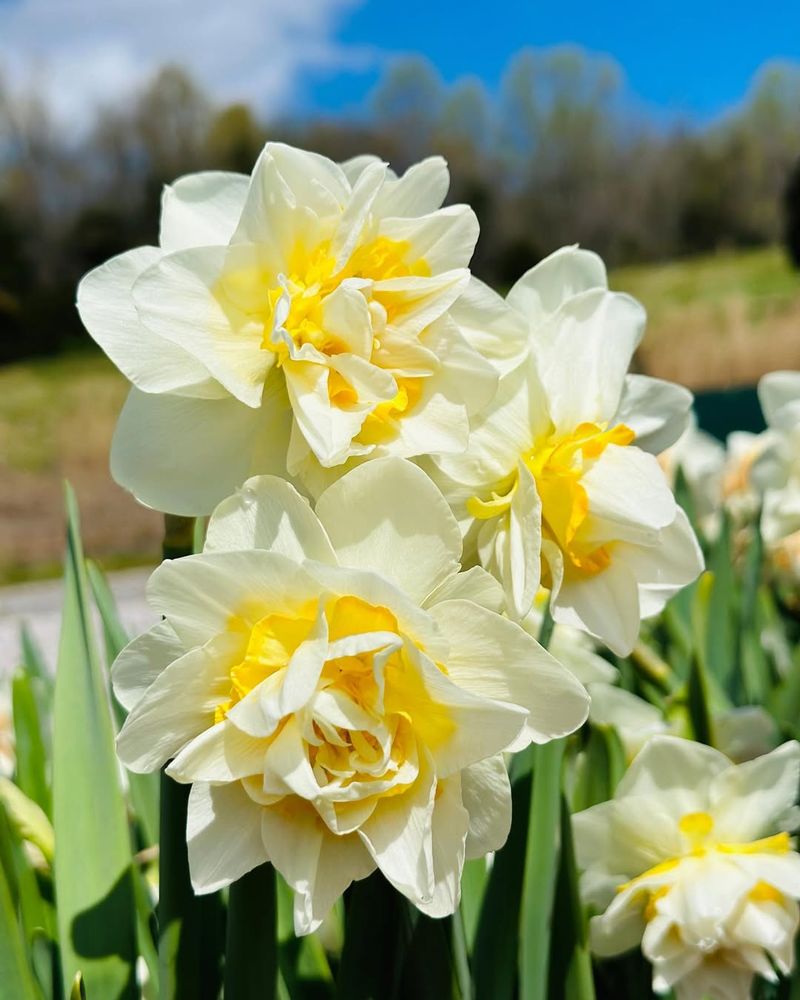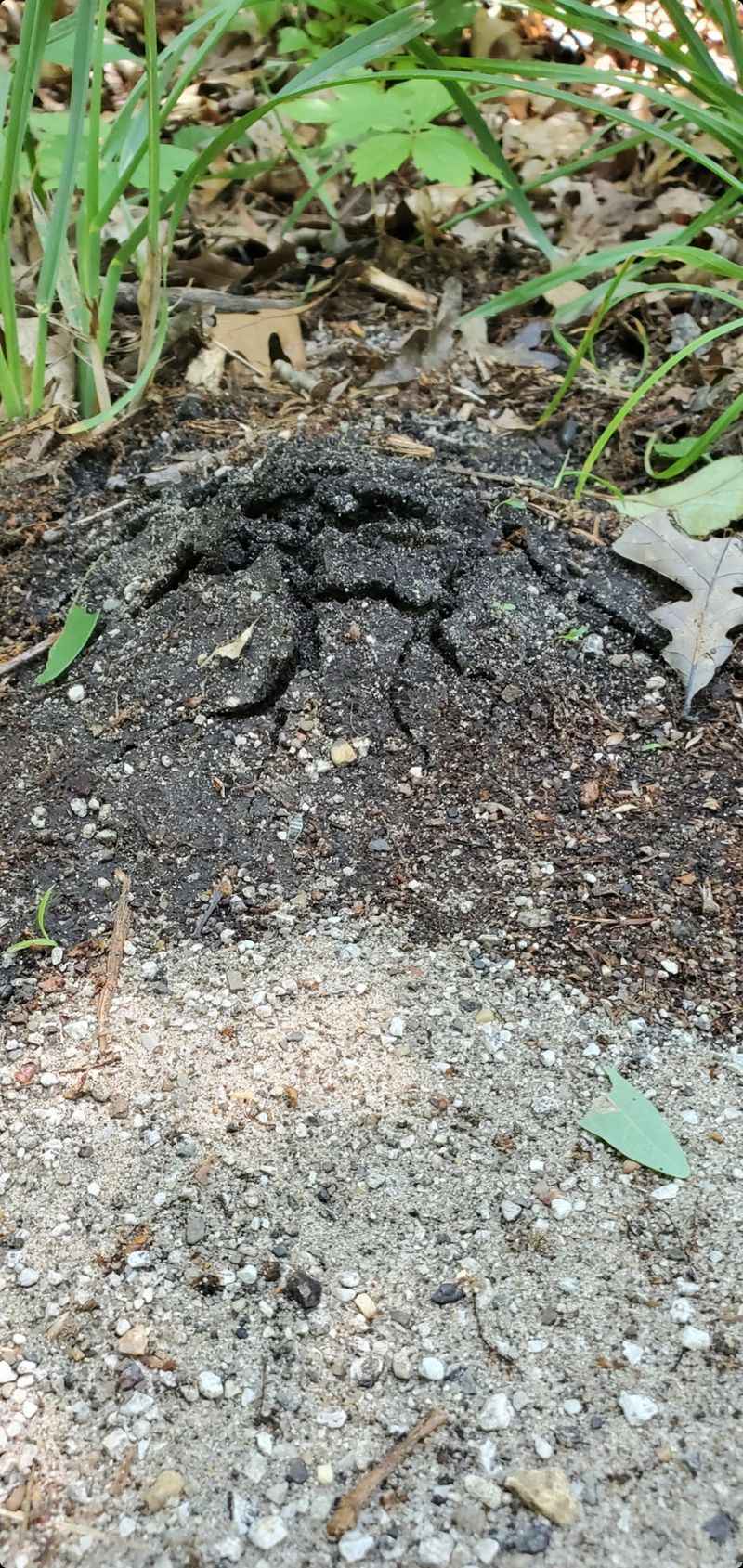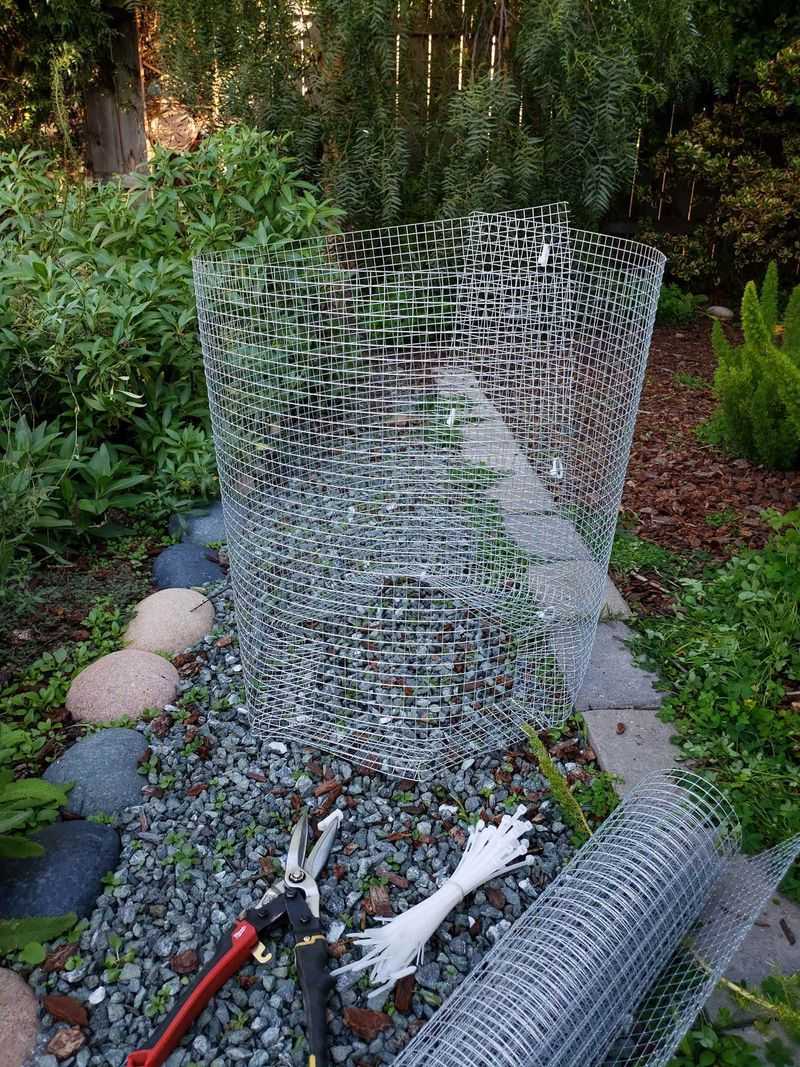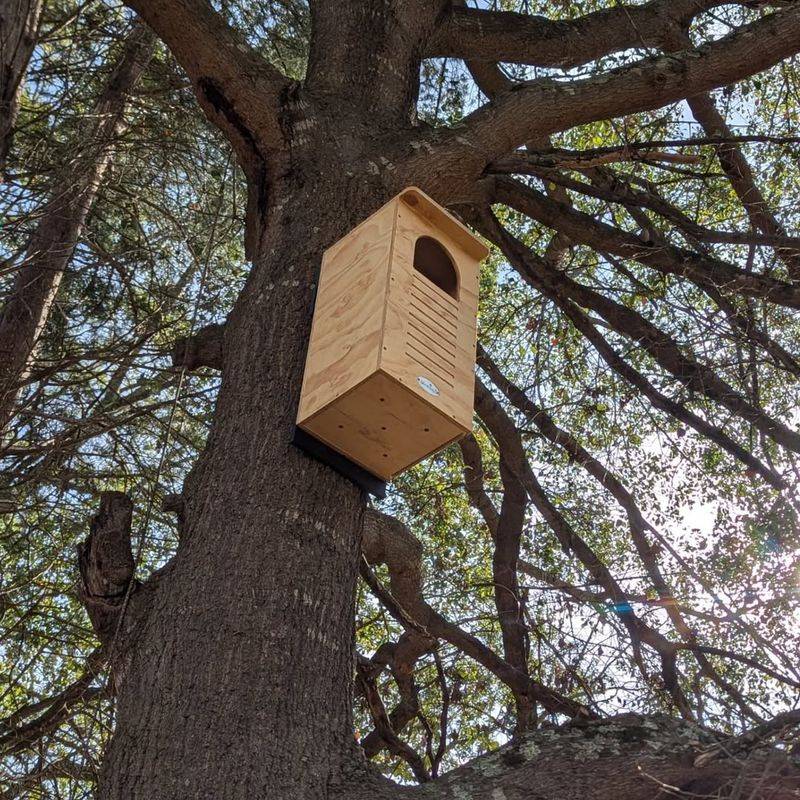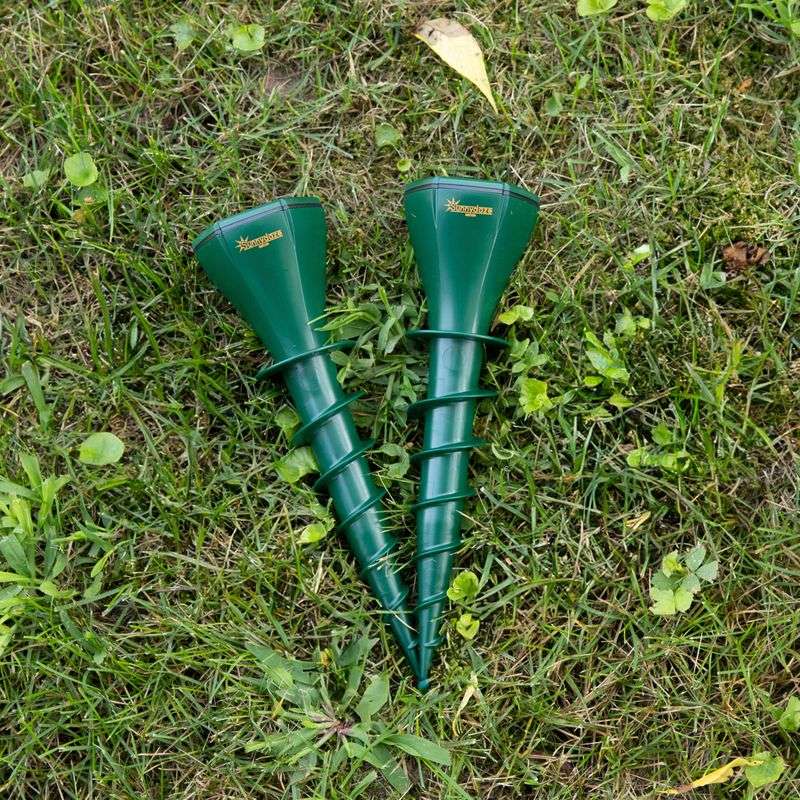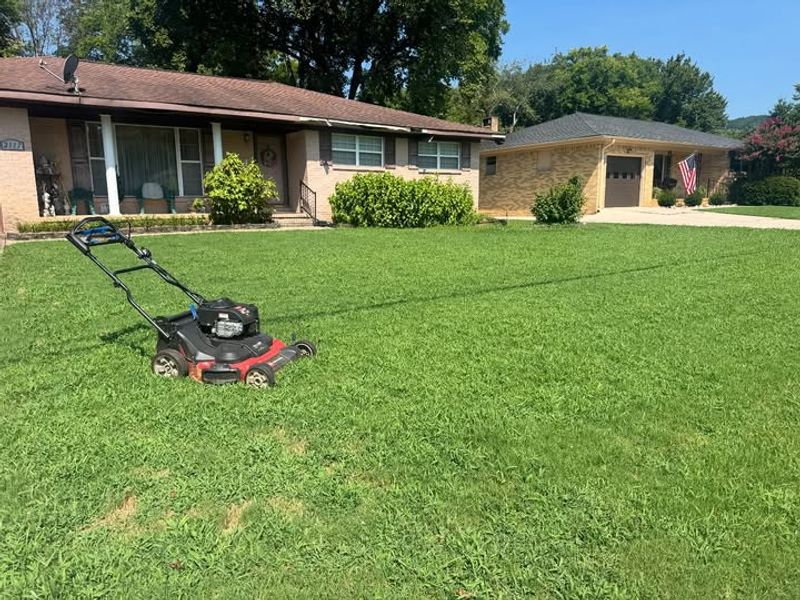Gophers can turn a beautiful Minnesota lawn into a bumpy mess filled with dirt mounds and damaged plants.
These underground critters dig tunnels that harm grass roots and create unsightly holes across your yard. Luckily, you don’t need harsh chemicals to protect your outdoor space from these persistent pests.
1. Castor Oil Spray Creates Underground Barriers
Mixing castor oil with water makes a powerful gopher repellent that soaks into the soil. Gophers absolutely hate the smell and taste, so they’ll avoid areas where you’ve applied it.
Spray this mixture around tunnel openings and across your lawn every few weeks. The oil won’t harm your grass, plants, or family pets, making it a safe choice for Minnesota yards throughout the growing season.
2. Plant Daffodils And Other Bulbs Gophers Despise
Certain flowering bulbs contain natural toxins that gophers find disgusting. Daffodils, crown imperial, and alliums are beautiful additions that also protect your yard.
Plant these bulbs around garden edges and near problem areas where gophers frequently appear. As a bonus, you’ll enjoy gorgeous spring blooms while keeping these diggers away from your vegetables and flowers. Minnesota gardeners love this colorful defense strategy.
3. Coffee Grounds Discourage Digging Activity
Used coffee grounds smell wonderful to humans but terrible to gophers. Sprinkling them around tunnel entrances and throughout your yard creates an aromatic barrier.
Collect grounds from your morning brew or ask local coffee shops for their leftovers. Besides repelling gophers, coffee grounds add nitrogen to soil and improve drainage. This free solution works especially well in Minnesota’s clay-heavy dirt where drainage matters.
4. Install Underground Wire Mesh Fencing
Hardware cloth or chicken wire buried beneath your garden creates a physical shield gophers can’t penetrate. Dig down about two feet and line planting beds with this metal barrier.
Bend the edges upward along the sides to block tunneling from multiple angles. While installation requires effort, this method provides long-lasting protection for vegetable gardens and flower beds. Minnesota gardeners especially appreciate this permanent solution for raised beds.
5. Encourage Natural Predators To Your Property
Owls, hawks, and snakes naturally hunt gophers and help control populations. Installing owl boxes or leaving brush piles creates habitat for these helpful hunters.
Avoid using rodent poisons that could harm predators feeding on gophers. Minnesota’s barn owls and red-tailed hawks are excellent gopher catchers when given proper nesting spots. Creating a wildlife-friendly yard means nature does the pest control work for you without chemicals or traps.
6. Vibrating Solar Stakes Create Uncomfortable Zones
Battery-free solar stakes emit vibrations through the ground that gophers find incredibly annoying. Place these devices every 75 feet across your lawn for complete coverage.
The constant pulsing sensations mimic danger signals, convincing gophers to relocate elsewhere. Minnesota homeowners love these stakes because they work year-round without maintenance or electricity costs. Simply push them into the soil and let sunshine power your gopher defense system continuously.
7. Peppermint Oil Soaked Cotton Balls Work Wonders
Gophers have sensitive noses that can’t stand peppermint’s strong scent. Soak cotton balls in pure peppermint essential oil and stuff them into tunnel openings.
Replace the cotton every week or after heavy Minnesota rains wash away the smell. You can also mix peppermint oil with water in a spray bottle for larger coverage areas. This aromatic approach freshens your yard while sending gophers packing to find less fragrant neighborhoods.
8. Maintain Short Grass And Remove Dense Cover
Gophers prefer yards with tall grass and thick vegetation that hide them from predators. Regular mowing and clearing brush piles removes protective cover they need.
Keep your Minnesota lawn trimmed to three inches or shorter during growing season. Remove weedy areas, wood piles, and overgrown shrubs where gophers feel safe. Open, well-maintained yards expose these diggers to hawks and owls, making your property far less appealing for setting up burrows.

